I have a task to represent data in the form of tiles. Here is an example data:
WWWWWWWWWWWWWWWWWDWWWWW
WCCCCCCCCCCCCCCCGGGGGGW
DCCCCCCCCCCCCCCSSdGGGGW
WCCCCCCCCCCCCCCSSSdddGW
WWWWWWWWWWWWWWWWWDWWWWW
WCCCCCCCCCCWCCCCCCCCCCW
WCCCCCCCCCCWCCCCCCCCCCW
DCCCCCCCCCCWCCCCCCCCCCW
WCCCCCCCCCCWCCCCCCCCCCW
WWWWWWWWWWWWWWWWWWWWWWW
Legend:
- W = wall
- D = Door
- C = Carpet
- S = Sand
- d = Dirt
- G = Grass
I'm trying to represent this in an application. If I take a grid of such data, say 300x300, and decide on a fixed size that represents an object, the resulting map will be massive and require quite a lot of scrolling.
Putting aside the later requirements of painting painting blocks of object and what not, I mainly trying to get a smooth fast scrolling and basic editing on each object. I'm a WinForm developer and don't know if it'll be a good idea to do this in WinForm. WPF comes to mind as it's more like a free roam application instead of the rigid WinForms.
Any suggestions please.


